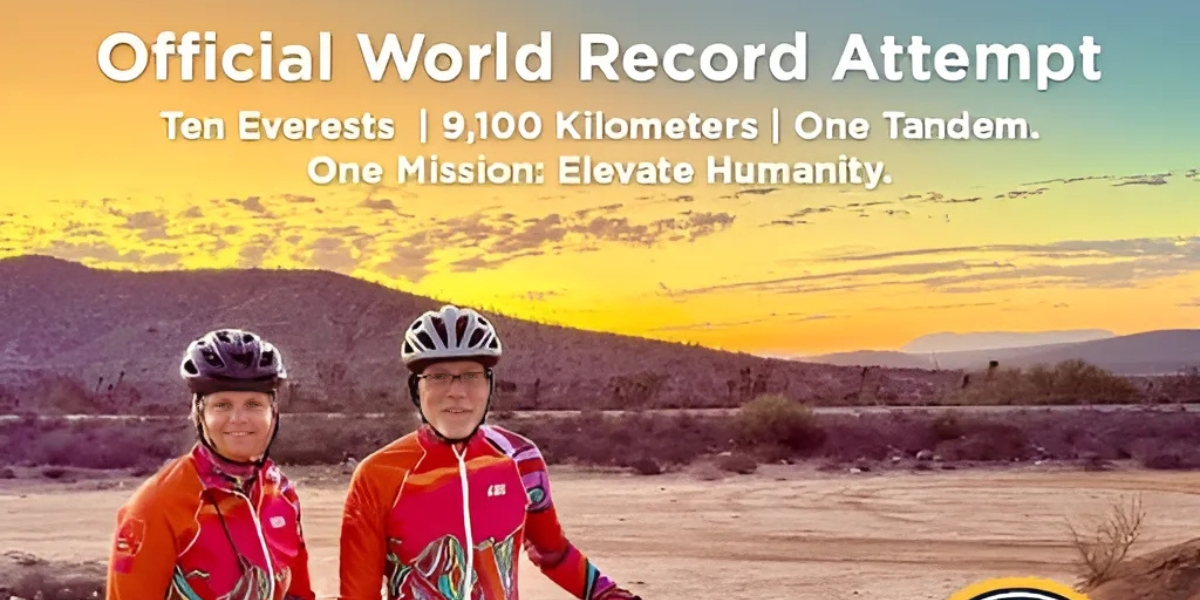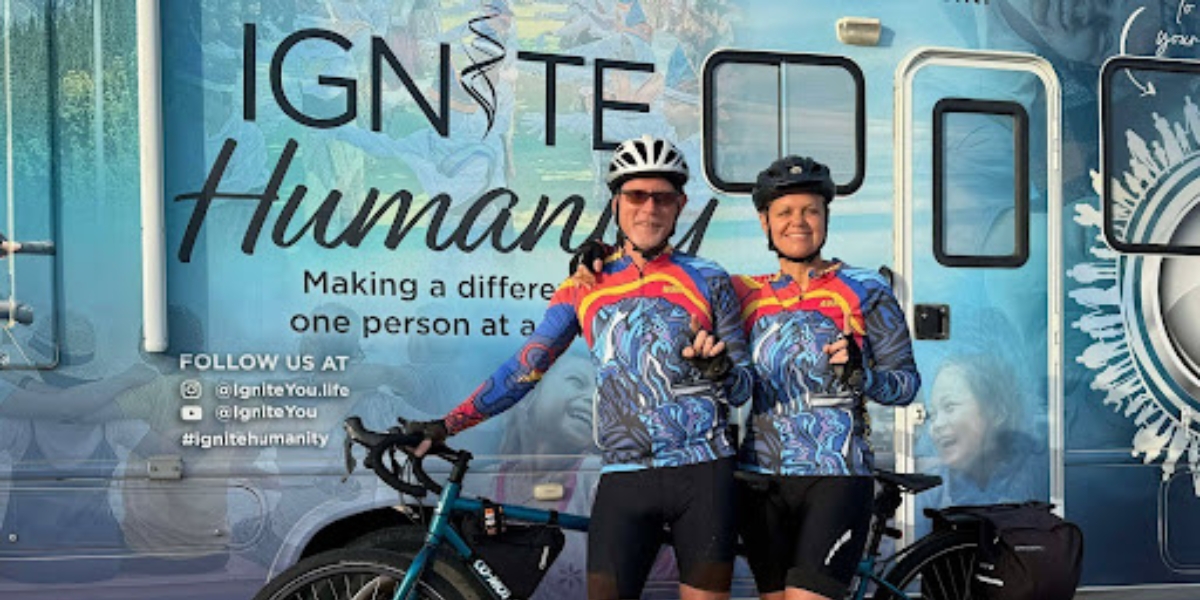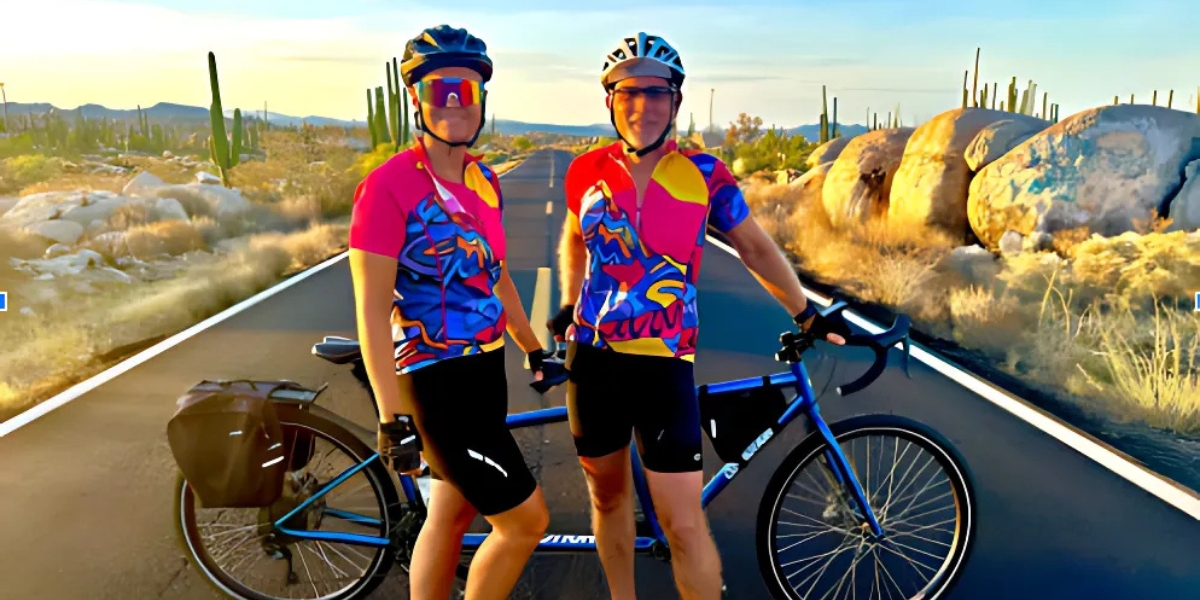Environmental sustainability development (environment sustainable development or ESD) is the overarching goal of ensuring a healthy planet for present and future generations. It encompasses a delicate balance between economic growth, social equity, and environmental protection.
Environment sustainable development requires a significant shift in how we approach energy use, resource management, and overall human impact on the planet. Innovation and technology are powerful tools that can propel us towards a sustainable future.
Innovation: Rethinking How We Do Things
Environment sustainable development demands innovative solutions that address the root causes of environmental challenges. Here’s how innovation plays a crucial role:
- Resource Efficiency: Innovation fosters the development of technologies that enable us to use resources more efficiently. This can involve advancements in precision agriculture, water desalination, and waste-to-energy conversion. Imagine crops that require less water, efficient irrigation systems that minimize waste, or transforming food waste into usable energy – these are all examples of resource efficiency innovation in action.
- Renewable Energy Integration: Sustainable environmental development hinges on our transition to clean energy sources. Innovation is critical in reducing the cost of renewable energy technologies like solar, wind, and geothermal power. Additionally, advancements in energy storage solutions are crucial for integrating these renewable sources into a reliable energy grid. Imagine vast solar farms generating clean electricity or powerful wind turbines harnessing the power of the wind – these are just a few examples of how innovation in renewable energy is shaping a sustainable future.
- Circular Economy Principles: Innovation is crucial in transitioning to a circular economy, where resources are used for as long as possible. This involves advancements in recycling technologies, product design for disassembly and reuse, and innovative business models that promote product life extension. Imagine a world where packaging is fully compostable, products are designed to be easily repaired and upgraded, and waste is seen as a valuable resource – these are all examples of a circular economy fostered by innovation.
Technology: Putting Innovation into Action
Innovation alone isn’t enough. Technology acts as the bridge that translates innovative ideas into tangible solutions. Here are some areas where technology is driving environment-sustainable development:
- Precision Agriculture: Technology like satellite imagery, soil sensors, and automated farming equipment allows for data-driven agricultural decision-making. This can optimize water usage, reduce pesticide application, and improve crop yield. Imagine farmers using real-time sensors to monitor soil moisture, optimize irrigation and minimize water waste.
- Smart Grids: The traditional power grid struggles to integrate renewable energy sources effectively. Smart grid technology utilizes sensors, communication systems, and automation to manage energy demand and supply in real time. This allows for a more balanced and efficient integration of renewable energy into the grid. Imagine a grid that intelligently adjusts electricity flow based on real-time demand and supply, optimizing energy use and minimizing reliance on fossil fuels.
- Waste Management Technologies: Technological advancements like advanced recycling facilities and bioconversion technologies are transforming how we manage waste. Imagine waste no longer being dumped in landfills but being recycled into new products or even converted into biofuels – these examples showcase how technology is revolutionizing waste management for a more sustainable future.
Challenges and the Road Ahead
While innovation and technology offer assurance for environment sustainable development, there are challenges to overcome:
- Cost and Accessibility: New technologies can be expensive, creating an initial barrier to adoption, particularly in developing countries.
- Policy and Infrastructure: Supportive government policies and infrastructure investments are necessary to incentivise the development and widespread adoption of sustainable technologies.
- Behavioral Change: Even with innovative solutions, a successful transition to a sustainable future requires a shift in human behavior and consumption patterns.
Building a Sustainable Future Together: Orchestrating Innovation and Technology
Environment sustainable development is not a technological quick fix. It requires a comprehensive approach that combines cutting-edge innovation, effective policy frameworks, and a collective commitment to a sustainable future. By fostering a culture of innovation, embracing clean technologies, and promoting responsible consumption, we can collectively orchestrate a symphony of change and build a thriving planet for generations to come.
Published by: Nelly Chavez









